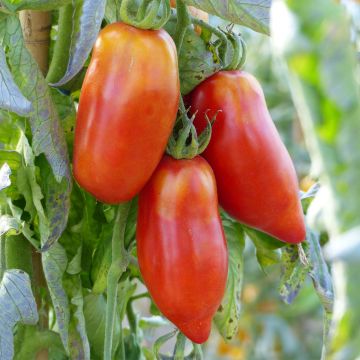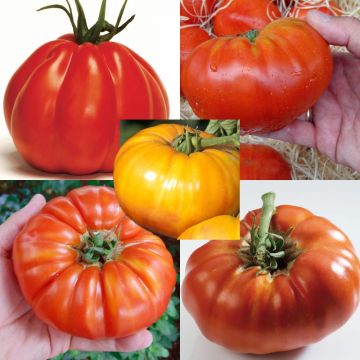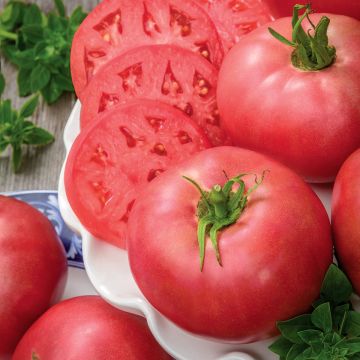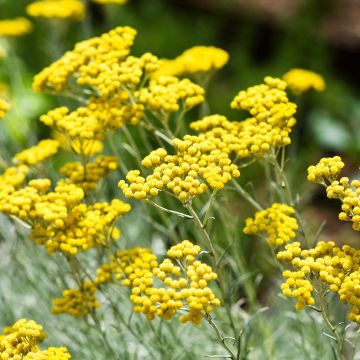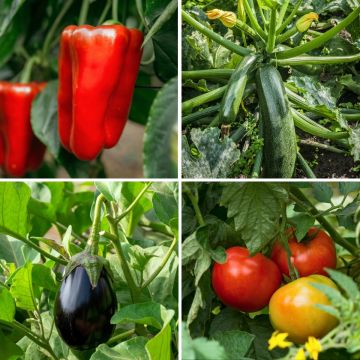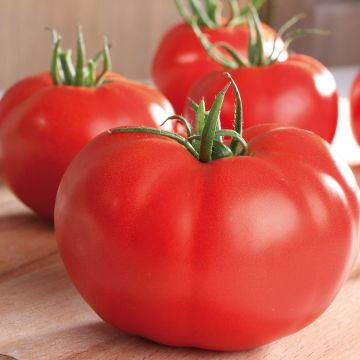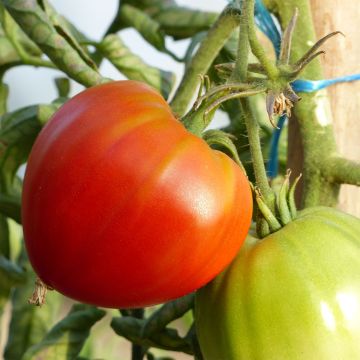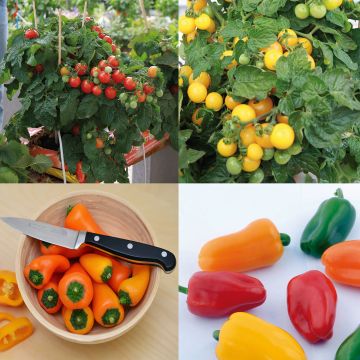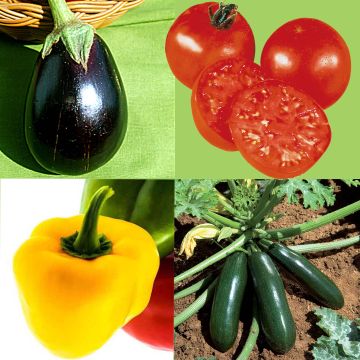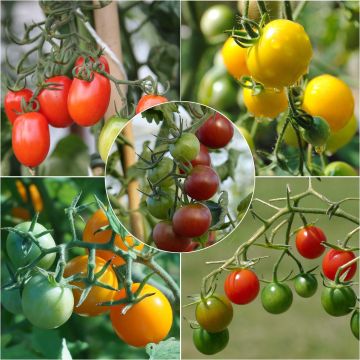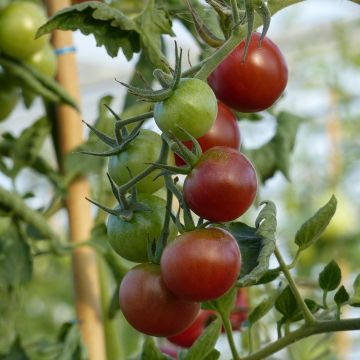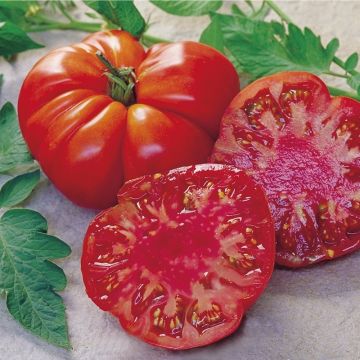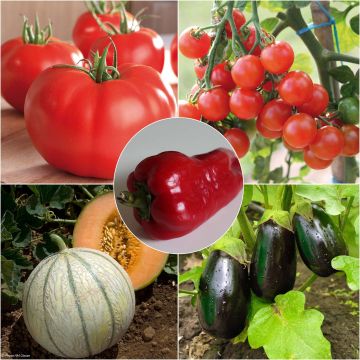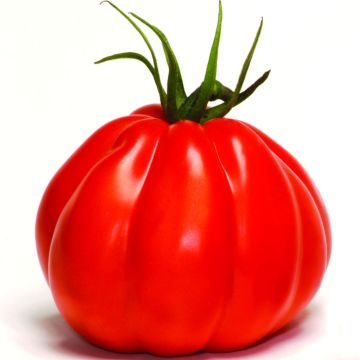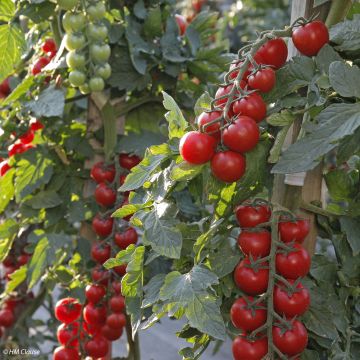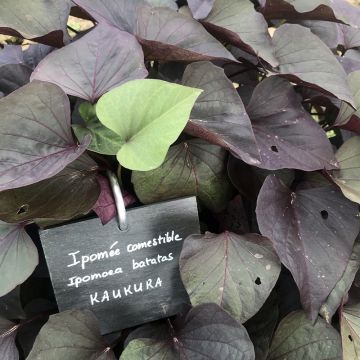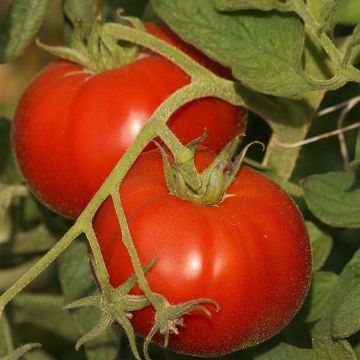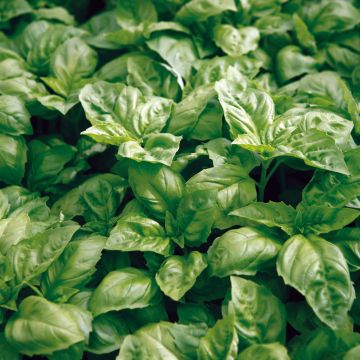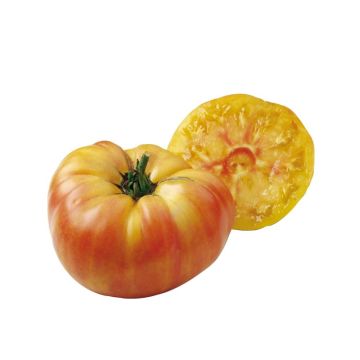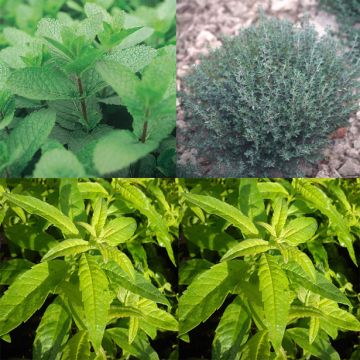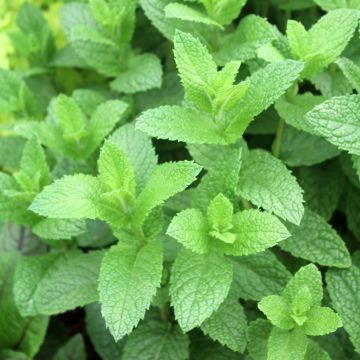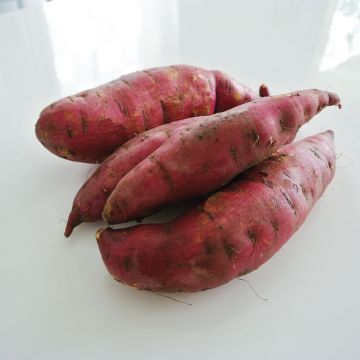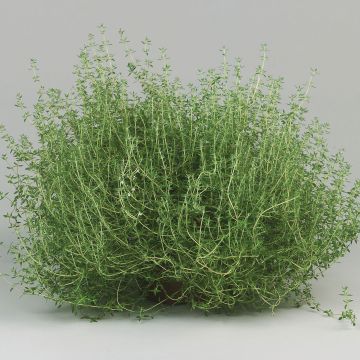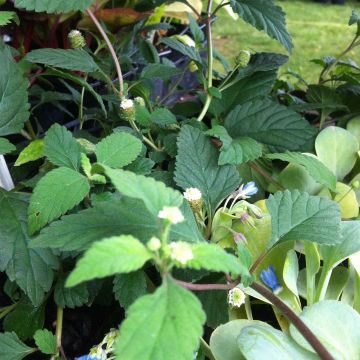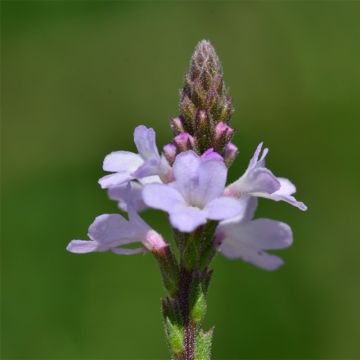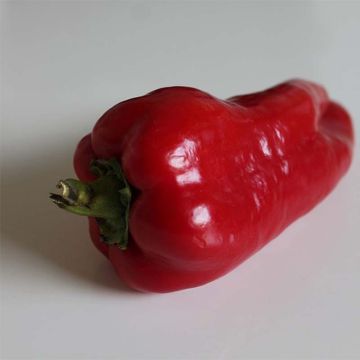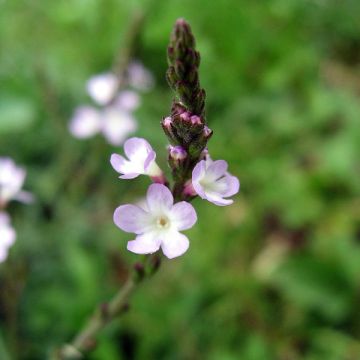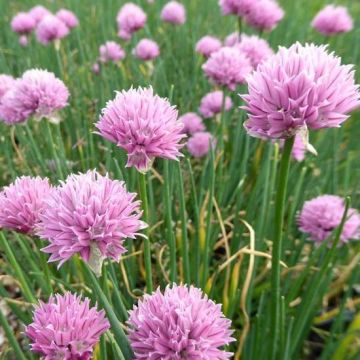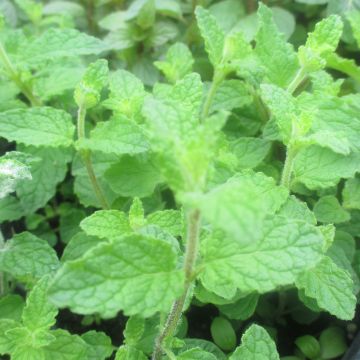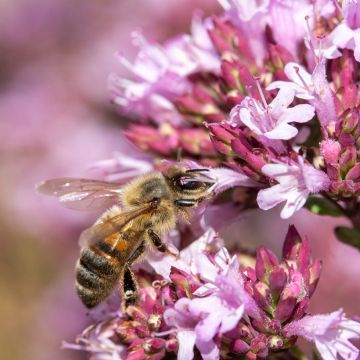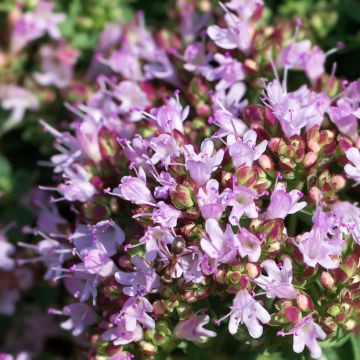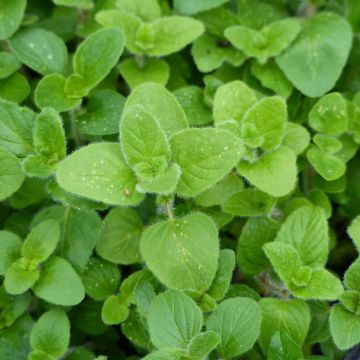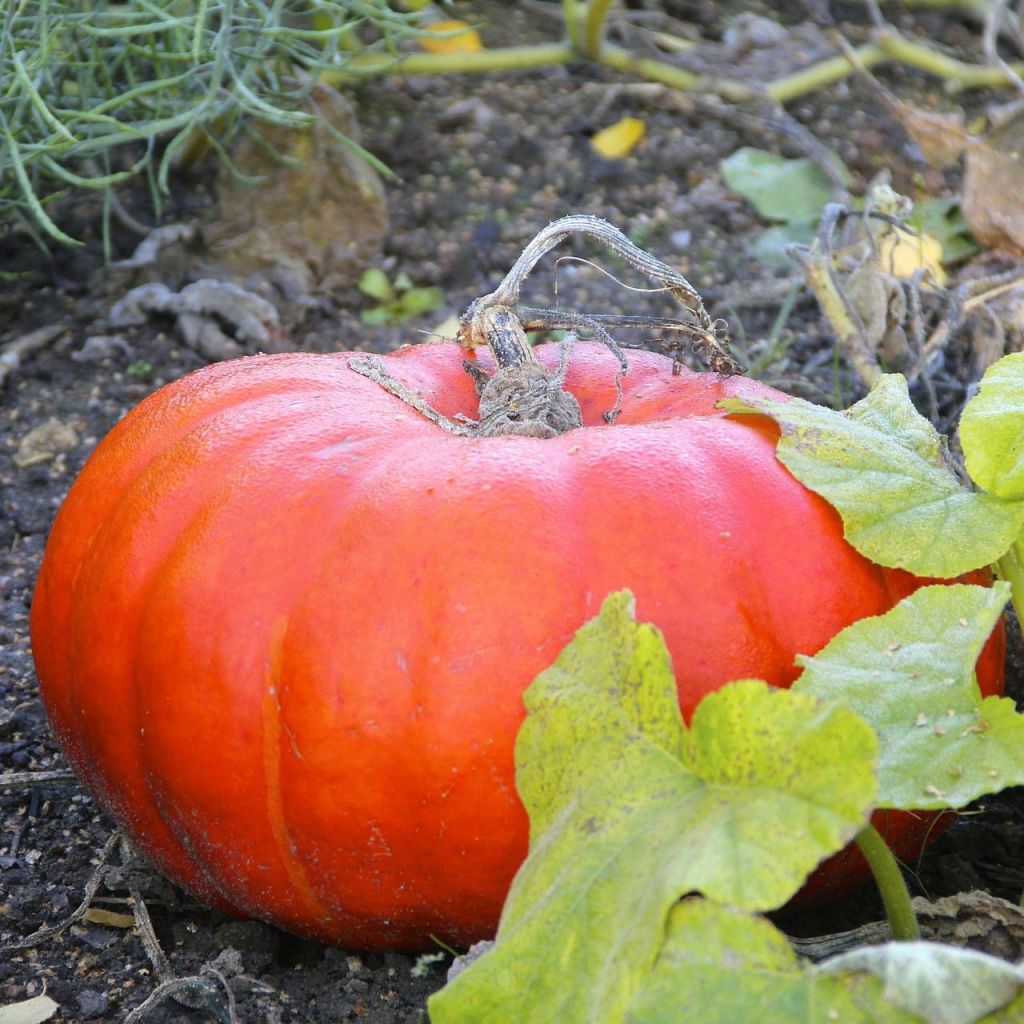

Organic Pumpkin Rouge Vif d'Etampes plants - Cucurbita maxima
Organic Pumpkin Rouge Vif d'Etampes plants - Cucurbita maxima
Cucurbita maxima Rouge Vif d'Etampes
Winter squash, pumpkin, hubbard squash, banana squash, buttercup squash
Why not try an alternative variety in stock?
View all →This plant carries a 6 months recovery warranty
More information
We guarantee the quality of our plants for a full growing cycle, and will replace at our expense any plant that fails to recover under normal climatic and planting conditions.
From €5.90 for pickup delivery and €6.90 for home delivery
Express home delivery from €8.90.
Description
The Bright Red Etampes Pumpkin is a traditional variety that produces large bright red fruits. They are spherical, very flattened, even incurved, ribbed and often bumpy. Their flesh is thick, yellow-orange, tender and watery. It is a running, vigorous and early variety that can be planted from April to June for a harvest in September - October. The Bright Red Etampes Pumpkin, originally from the town of Etampes in Essonne, is the most cultivated variety in France, introduced to France in the mid-19th century. Its yield is 1 to 4 fruits, each weighing between 5 and 15 kg, per plant.
Pumpkins, potimarrons and giraumons belong to the Cucurbitaceae family and the species Cucurbita maxima. This annual herbaceous plant has long, vigorous, running or climbing stems with strong tendrils. Each plant has separate male and female flowers, making it monoecious; it is the female flowers that will produce the fruits once fertilized by the pollen from the male flowers.
They come in many shapes and colors, from large ribbed orange or red fruits with orange flesh, to oblong shapes, pear shapes or "Turkish hat" shapes. Originally from South America, this species is said to have been introduced to Europe in the 16th or 17th century, along with its cousins, other species of Cucurbita. They are often mistakenly called "pumpkins" even though they belong to a different species, Cucurbita pepo, with fibrous flesh and a hard, fibrous stem. As for the pumpkin, it has sweet, tasty and less fibrous flesh with a tender and spongy stem.
Pumpkins are low in calories but rich in vitamins, minerals and potassium, and are known for their antioxidant properties.
Harvest and Storage:
The squashes should be harvested as late as possible, without risking the first frosts. Keep the stem as thick as possible and store them in a temperate room (10 to 15°C (50 to 59°F)). This way, you can store them for a few months to a year, avoiding them from touching each other.
The Gardener's Tip:
To save space and protect your fruits from rot, pumpkins can be grown vertically on supports such as a trellis or sturdy stakes. If you let your pumpkins run, during fruit ripening, consider placing a tile, brick or a thick layer of straw between the ground and the fruit to isolate it from moisture and prevent rotting.
Report an error about the product description
Harvest
Plant habit
Foliage
Other Vegetable plants A to Z
Planting and care
Preparation:
Cucurbits like loose, rich, and deep soil. Dig a hole at least 40 cm (16in) in all directions and fill it with well-decomposed manure and/or compost. In addition to good fertilization, they will need plenty of water and heat, as well as plenty of space (at least 1 square meter).
Planting:
Planting in open ground should be done from mid-May to mid-July, when the risk of frost is eliminated and the soil is sufficiently warm. Space the plants one meter apart in all directions. Soak the plants in water for a few moments before planting. Dig a hole 20 cm (8in) in all directions and add compost at the bottom. Place your plant with the graft point at ground level, without burying it, and cover with soil. Firmly tamp down and water.
Maintenance:
Hoe and weed at the beginning of the growing season. We recommend mulching the soil towards the end of June with thin, successive layers of clippings, ideally mixed with dead leaves. This protection, which keeps the soil moist, also reduces the need for weeding. Water regularly and generously during the growing season (once a week in summer if there is mulch).
Finally, you can protect young plants from slugs and snails by placing ash or coffee grounds nearby, which should be replenished in case of rain.
Trailing varieties need to be pinched. When the plant has 4 or 5 leaves, cut the stem above the first two leaves. Then cut the secondary stems again after 3 or 4 fruits have formed.
Cultivation
Care
Intended location
This item has not been reviewed yet - be the first to leave a review about it.
Vegetable plants
Haven't found what you were looking for?
Hardiness is the lowest winter temperature a plant can endure without suffering serious damage or even dying. However, hardiness is affected by location (a sheltered area, such as a patio), protection (winter cover) and soil type (hardiness is improved by well-drained soil).

Photo Sharing Terms & Conditions
In order to encourage gardeners to interact and share their experiences, Promesse de fleurs offers various media enabling content to be uploaded onto its Site - in particular via the ‘Photo sharing’ module.
The User agrees to refrain from:
- Posting any content that is illegal, prejudicial, insulting, racist, inciteful to hatred, revisionist, contrary to public decency, that infringes on privacy or on the privacy rights of third parties, in particular the publicity rights of persons and goods, intellectual property rights, or the right to privacy.
- Submitting content on behalf of a third party;
- Impersonate the identity of a third party and/or publish any personal information about a third party;
In general, the User undertakes to refrain from any unethical behaviour.
All Content (in particular text, comments, files, images, photos, videos, creative works, etc.), which may be subject to property or intellectual property rights, image or other private rights, shall remain the property of the User, subject to the limited rights granted by the terms of the licence granted by Promesse de fleurs as stated below. Users are at liberty to publish or not to publish such Content on the Site, notably via the ‘Photo Sharing’ facility, and accept that this Content shall be made public and freely accessible, notably on the Internet.
Users further acknowledge, undertake to have ,and guarantee that they hold all necessary rights and permissions to publish such material on the Site, in particular with regard to the legislation in force pertaining to any privacy, property, intellectual property, image, or contractual rights, or rights of any other nature. By publishing such Content on the Site, Users acknowledge accepting full liability as publishers of the Content within the meaning of the law, and grant Promesse de fleurs, free of charge, an inclusive, worldwide licence for the said Content for the entire duration of its publication, including all reproduction, representation, up/downloading, displaying, performing, transmission, and storage rights.
Users also grant permission for their name to be linked to the Content and accept that this link may not always be made available.
By engaging in posting material, Users consent to their Content becoming automatically accessible on the Internet, in particular on other sites and/or blogs and/or web pages of the Promesse de fleurs site, including in particular social pages and the Promesse de fleurs catalogue.
Users may secure the removal of entrusted content free of charge by issuing a simple request via our contact form.
The flowering period indicated on our website applies to countries and regions located in USDA zone 8 (France, the United Kingdom, Ireland, the Netherlands, etc.)
It will vary according to where you live:
- In zones 9 to 10 (Italy, Spain, Greece, etc.), flowering will occur about 2 to 4 weeks earlier.
- In zones 6 to 7 (Germany, Poland, Slovenia, and lower mountainous regions), flowering will be delayed by 2 to 3 weeks.
- In zone 5 (Central Europe, Scandinavia), blooming will be delayed by 3 to 5 weeks.
In temperate climates, pruning of spring-flowering shrubs (forsythia, spireas, etc.) should be done just after flowering.
Pruning of summer-flowering shrubs (Indian Lilac, Perovskia, etc.) can be done in winter or spring.
In cold regions as well as with frost-sensitive plants, avoid pruning too early when severe frosts may still occur.
The planting period indicated on our website applies to countries and regions located in USDA zone 8 (France, United Kingdom, Ireland, Netherlands).
It will vary according to where you live:
- In Mediterranean zones (Marseille, Madrid, Milan, etc.), autumn and winter are the best planting periods.
- In continental zones (Strasbourg, Munich, Vienna, etc.), delay planting by 2 to 3 weeks in spring and bring it forward by 2 to 4 weeks in autumn.
- In mountainous regions (the Alps, Pyrenees, Carpathians, etc.), it is best to plant in late spring (May-June) or late summer (August-September).
The harvesting period indicated on our website applies to countries and regions in USDA zone 8 (France, England, Ireland, the Netherlands).
In colder areas (Scandinavia, Poland, Austria...) fruit and vegetable harvests are likely to be delayed by 3-4 weeks.
In warmer areas (Italy, Spain, Greece, etc.), harvesting will probably take place earlier, depending on weather conditions.
The sowing periods indicated on our website apply to countries and regions within USDA Zone 8 (France, UK, Ireland, Netherlands).
In colder areas (Scandinavia, Poland, Austria...), delay any outdoor sowing by 3-4 weeks, or sow under glass.
In warmer climes (Italy, Spain, Greece, etc.), bring outdoor sowing forward by a few weeks.

































